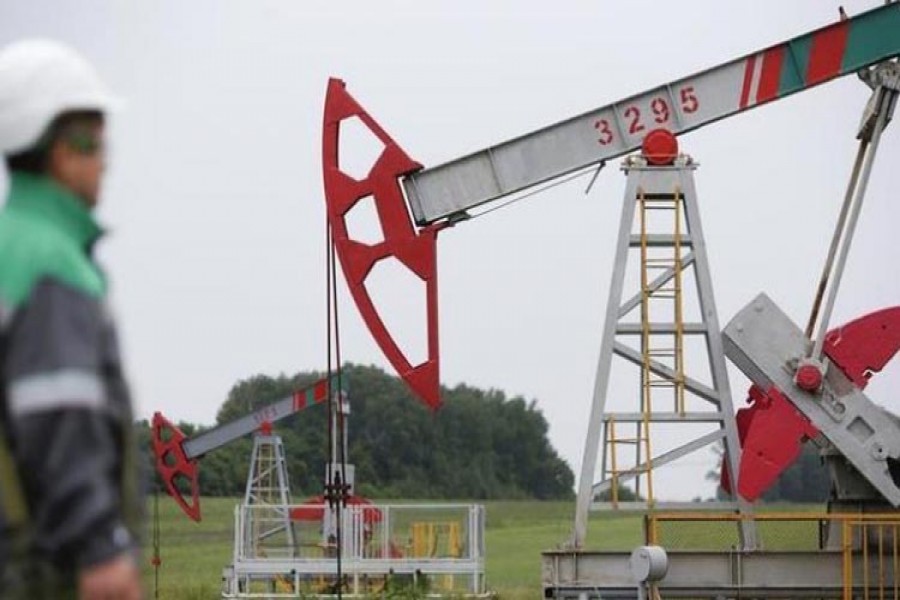Oil markets were roiled on Monday after Hurricane Harvey wreaked havoc along the US Gulf coast over the weekend, knocking out numerous refineries and some crude production.
Gasoline prices hit two-year highs as massive floods caused by the storm forced refineries across the US Gulf Coast to shut down.
In crude markets, Brent futures were pushed up by pipeline blockades in Libya, but US crude futures eased as the US refinery shutdowns could reduce demand for American crude.
Texas is home to 5.6 million barrels of refining capacity per day, and Louisiana has 3.3 million barrels. Over 2.0 million barrels per day (bpd) of refining capacity were estimated to be offline as a result of the storm.
Spot prices for US gasoline futures surged 7.0 per cent to a peak of $1.7799 per gallon, the highest level since late July 2015, before easing slightly to $1.7622 by 0358 GMT.
To avoid a fuel shortage, US traders were seeking oil product cargoes from North Asia, several refining and shipping sources told Reuters on Monday.
Crude production was also affected, but to a lesser degree.
About 22 per cent, or 379,000 bpd, of Gulf production was idled due to the storm as of Sunday afternoon, according to the US Bureau of Safety and Environmental Enforcement.
US West Texas Intermediate (WTI) futures were at $47.70 a barrel, down 17 cents, or 0.4 per cent, from their last settlement.
If US oil production is little affected, there could be excess crude as refiners stay shut and don’t process crude to produce fuel.
In international oil markets, Brent crude was stronger at $52.58 per barrel, up 17 cents, or 0.3 percent as Libyan pipeline blockades prevented three oilfields from supplying crude.


